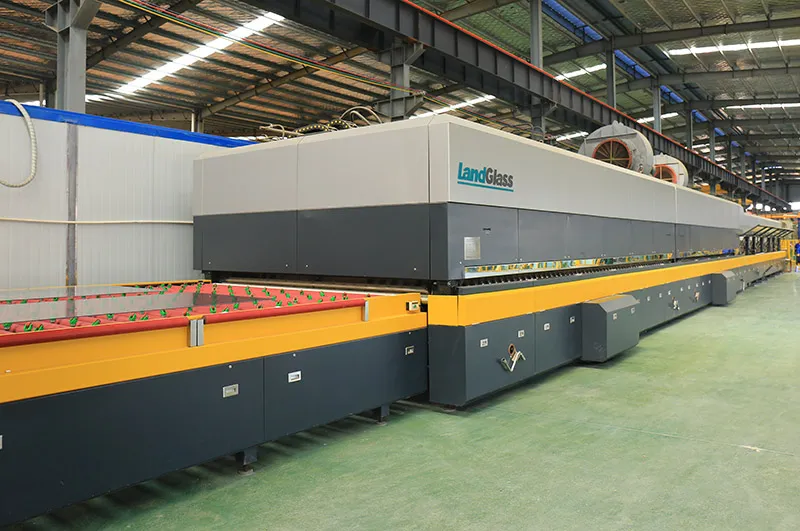America Standards:
- ANSI Z97.1 – Safety glazing materials used in buildings. This standard provides guidelines for safety glazing materials in residential and commercial applications, including tempered glass. It specifies the performance criteria for impact resistance and requires glass to meet certain fragmentation requirements.
- ASTM C1036 – Flat Glass.
- ASTM – C1048 – Heat-treated flat glass. This standard sets the minimum requirements for tempered flat glass. It covers glass thickness, surface compression, and fragmentation characteristics.
- CAN/CGSB 12.1 – Safety or laminated glass,
- CPSC 16 CFR- 1201 – The Consumer Product Safety Commission (CPSC) standard in the United States sets the requirements for architectural glazing materials, including tempered glass. It tests the glass for impact resistance and establishes different categories based on the glass thickness and the drop height required to break it.
Australian Standards:
Architectural – 4mm to 12mm Grade ‘A’ safety glass manufactured to AS/NZS 2208-1996 Safety glazing materials in buildings and 15mm to 19mm Toughened glass.
The Australian/New Zealand standard for safety glazing materials assesses the impact resistance of tempered glass. It classifies glass based on the drop height required to break it and provides guidelines for its use in different applications.
British & European Standards
- BS 6206 - ' Code of practice for glazing for buildings'. Part 4: 1994 'Safety related to human impact'
- BS EN 12600:2002 - Glass in building. Thermally toughened soda lime silicate safety glass.
- EN 12150:2015 - This European Standard specifies tolerances, flatness, edgework, fragmentation, and physical and mechanical characteristics of monolithic flat thermally toughened glass.
